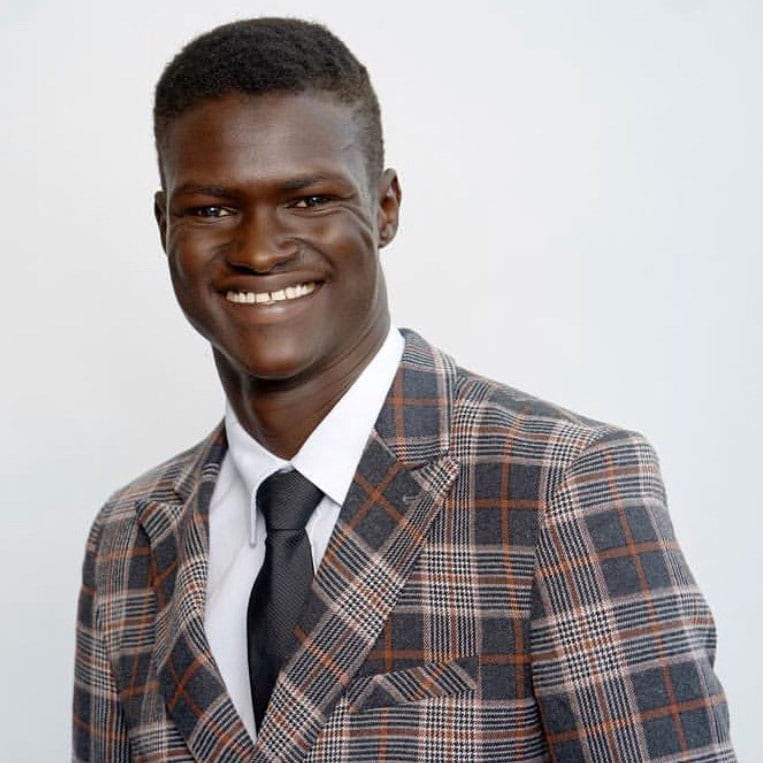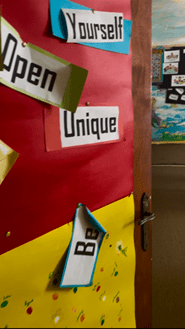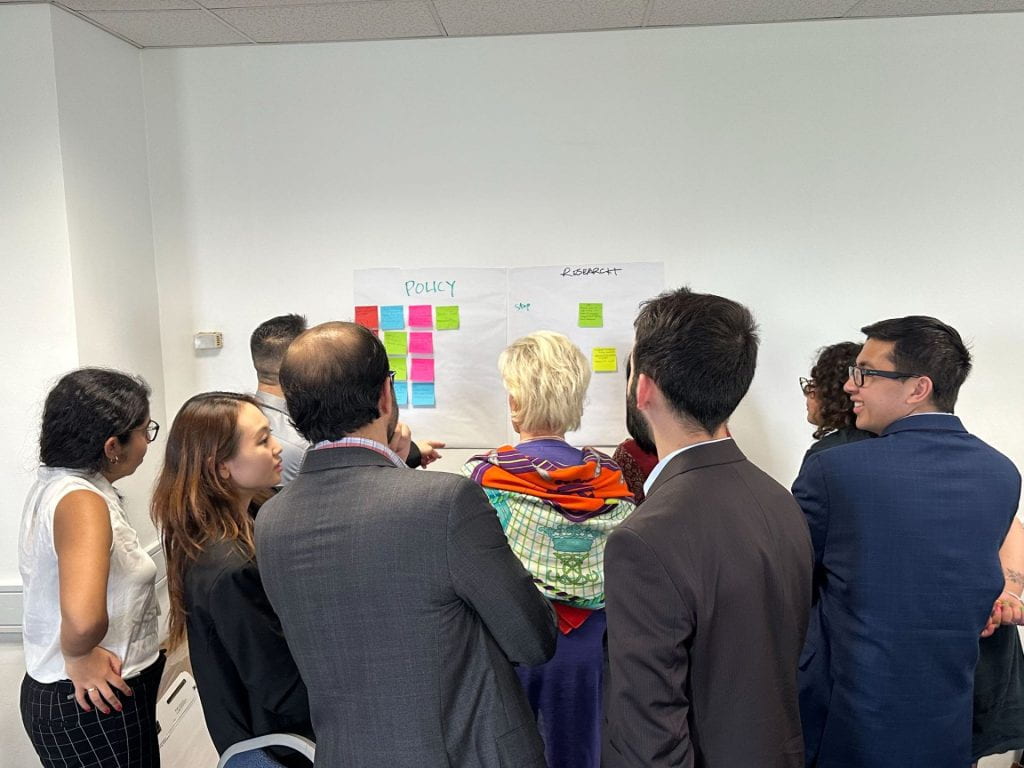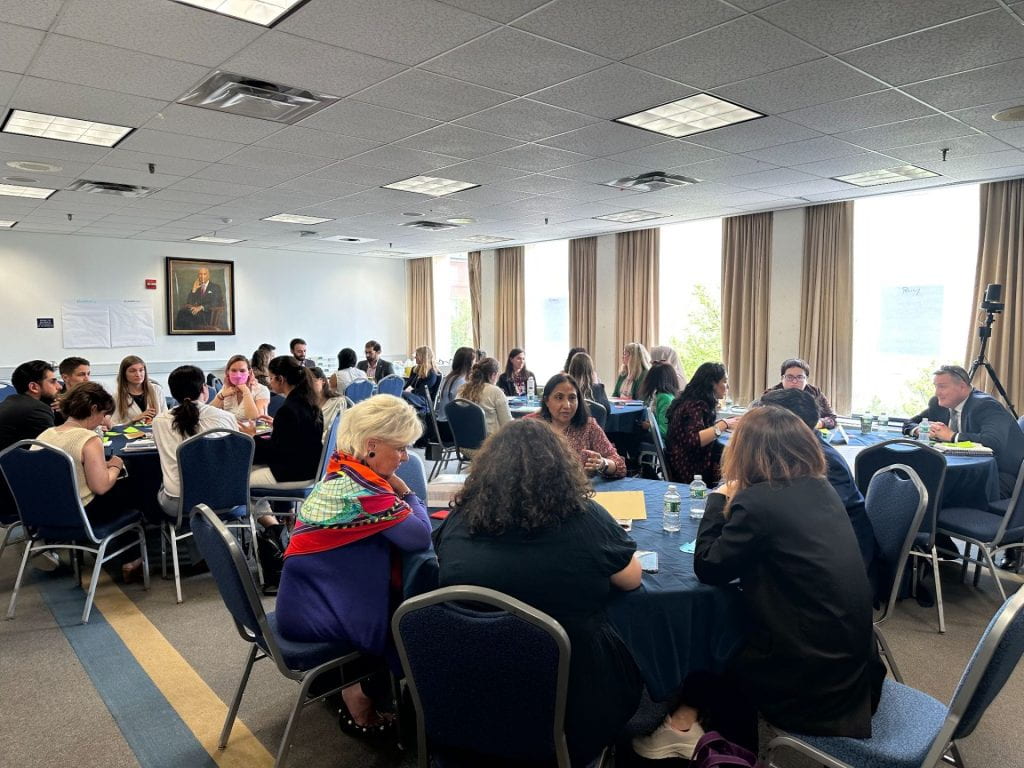By Amina Iman
Peer Reviewed By REAL Members
This school year, nearly seventy million school-aged children were missing from classrooms due to ongoing conflicts. Instead of returning to school for continued learning, many sought refuge in them with their families. Amidst grave instability and human displacement, as documented in Sudan, Gaza, and the Democratic Republic of Congo, the pursuit and preservation of quality education is at risk, leaving it to appear as a distant reality for displaced youth.
Despite growing concerns about schools becoming targets of attacks and being occupied by militant groups, classroom heroes, such as dedicated educators and aid workers continue to demonstrate the adaptability and resilience of learning spaces in response to war and domestic unrest. This blog contribution aims to showcase several examples of how schools adapt during crises, often a result of the sacrifice of school and community leaders. The impact of persistence in creating safe learning environments for displaced students and their families will also be highlighted, inspiring readers to transform their emotions toward this matter into meaningful action through proposed advocacy initiatives.

Photo credit: Ahmed Elfatih Mohamdeen, UNICEF.
For over a year, nearly all of Sudan’s youth have been out of school due to an increasingly volatile armed conflict between military forces within the country. Leading to arguably the largest displacement crisis in the world, the ongoing crisis in Sudan has seen over ten million internally displaced persons (IDPs) since April of 2023. During this time, schools and public institutions have served as critical places of refuge (IOM, 2024). In less targeted parts of the country, such as Sudan’s Eastern city of Kassala, community aid workers have repurposed schools into vital shelters for the families of displaced students.
Although addressing the immediate needs of displaced communities by providing clean water and meals, these shelters are future-focused, designing comprehensive curricula for students seeking refuge by emphasizing psychological counseling and concertedly maintaining academic proficiency in subjects studied before April of 2023 (UNICEF Sudan, 2024). Such approaches to supporting displaced students and their families during crises serve as a critical balm to war and displacement-related trauma that often causes many to harbor feelings of hopelessness for the future. At the same time, as the rate of civilian casualties and displacement rapidly increases in Sudan, the imminent risk of schools being targeted due to their high capacity beseeches international assistance.

Photo credit: UNRWA.
With a time-honored characterization of vibrant cultural celebrations and community-focused learning environments, Gazans have unveiled a new level of perseverance in the face of one of the worst humanitarian crises in the territory’s history. Since October 2023, nearly all of Gaza’s two million population has been displaced due to indiscriminate Israeli airstrikes, half of which are children (UN News, 2024). Much of the displaced population is unhoused, seeking shelter in tents or schools-turned-shelters, a concept familiar to Gazans since decades before the Israel-Hamas War (UNICEF State of Palestine, 2017). Despite nearly 85% of schools in Gaza reporting damages as a result of targeted peripheral bombing, schools in Gaza have served as heritage-preserving spaces, overcrowded shelters, and psychological support centers (UNRWA, 2024). Still, volunteers and shelter-seekers have championed efforts to establish some sense of normalcy and renewed excitement for learning in Gaza’s displaced students, instilling a profound sense of hope and empowered pursuit of education in the face of destruction within the twenty-five-mile strip.
By exemplifying the multifaceted nature and adaptability of schools in conflict-affected areas, schools and their volunteers have shaped the international community’s approach to assisting displaced communities by emphasizing the need for providing sociopsychological, physical, and academic support for civilians. However, this influence isn’t limited to international organizations. The innovation of such spaces cultivates a sense of belonging and a passion for continued learning among youth, inspiring some displaced children to aspire to become aid workers and community volunteers dedicated to supporting those in need.

Photo credit: UNICEF, Benekire.
Such is the case of Delphine in the Democratic Republic of Congo (DRC), who, despite not being in a classroom for over a year due to armed intercommunal violence, hopes to be a humanitarian aid worker to help children with shared experiences. It is important to note, however, that such dreams cannot be attained unaided. Wishful thinking alone will not end conflicts that result in the displacement and jeopardy of education for millions of children around the world. The global community, at every level, must forge clear and lasting commitments to ending conflicts and restoring schools as safe and stable learning environments for forthcoming generations. Concrete actions can be taken at every level, including:
- Supporting local efforts to alleviate suffering abroad: The United States and the international community do not face a shortage of advocacy groups in need of assistance to amplify the voices of displaced students. Such groups exist at GW, including No Lost Generation, which works with DMV-based organizations to raise funds for resettled communities. In the past, this student advocacy group has contributed to the Palestine Children’s Relief Fund and the International Blue Crescent. This year, it will be supporting the Ethiopian Community Development Council.
- Engaging with the offices of elected officials to advocate for safe learning and provision of humanitarian assistance to children in crises: Refugee and displaced community-support organizations such as the Jesuit Refugee Service host yearly Capitol Hill advocacy days for constituents to engage with lawmakers and their offices, advocating for the security of education and students in conflict areas.
- Increasing intergovernmental commitment to students and schools from armed conflict: The Safe Schools Declaration, an effort championed by the governments of Norway and Argentina, has been signed by 120 countries and has been supported by high-ranking UN officials. This declaration ensures a commitment to ensuring safe learning for all students, both within the country of a signatory and abroad.
Amid ongoing conflicts and their impact on children’s education, schools have proven to be resilient spaces that provide displaced children with refuge, a sense of belonging in the present, and hope for the future. The courage of educators, aid workers, and volunteers demonstrates the critical role these institutions play in the intellectual and socio-emotional development of youth in times of crisis. Yet, the road to lasting change requires more than just resilience; it demands collective action. By supporting local efforts, engaging with policymakers, and advocating for international commitments, we can work towards ensuring that all children have access to safe, quality education. The best time for this commitment to have turned to action was when the first groups of displaced children sought refuge in schools. The second best time is now.
References
10 of the biggest problems facing education in 2024. (2024). Concern Worldwide. https://www.concern.net/news/problems-with-education-around-the-world
A day at a safe learning space. (2024) | UNICEF Sudan. https://www.unicef.org/sudan/stories/day-safe-learning-space
DTM Sudan Mobility Update (07). (2024). IOM, UN Migration. https://dtm.iom.int/reports/dtm-sudan-mobility-update-07?close=true
Education Under Attack: Restoring Learning for Children in Gaza. (2024). UNRWA.
Gaza’s displaced children: ‘A heartbreaking story of loss and grief.’ (2024). UN News. https://news.un.org/en/gallery/1146372
Gaza schools equipped as shelters in preparation for future emergencies. (2017). | UNICEF State of Palestine.







